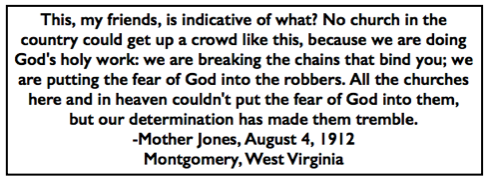 ———-
———-
Hellraisers Journal – Monday August 2, 1920
Robert Minor Travels to West Virginia to Report on Coalfield Wars
From the New York Liberator of August 1920:
I of IV
As the train from Charlottesville ran through the Blue Ridge Mountains, a Negro looked out of the window, arose and walked from the stuffy compartment “for colored people” into a more comfortable car marked “for whites.” From that I knew the train had passed into West Virginia. The Negro sat down facing a weatherbeaten man with a white mustache and a broad-brimmed hat. The white man’s face did not change expression at the Negro’s entrance, and from that I knew that the white man was a mountaineer of the West and not an inhabitant of Old Virginia.
From Chesapeake Bay, across the Blue Ridge Mountains and away up around the southwest corner o£ Pennsylvania, used to extend the domain of Old Virginia. But the rich planters of the eastern valleys went to war against the Union, and the “po’ white” men hoeing their corn alone on the mountains and not owning any n——, refused to follow. The new State of West Virginia was made of these soft green mountains and lonely cabins and corn patches.
For another generation the people of the mountains hoed their corn. Then somebody discovered that the green-covered mountains were made of coal. The railroads began to scratch their way through the green, and to nose out the great black insides that were worth more than the cabins and corn patches. Men from Northern cities took part in West Virginia affairs and soon could prove with legal papers that they owned the black contents of the mountains and the green surface, too.
Many mountain families quit hoeing corn. They settled near the coal pits where regular wages and store clothes seemed to offer more of a living. The population passed from the outside of the mountains to the inside of them, and the grip of the men with the title deeds dosed down hard upon all.


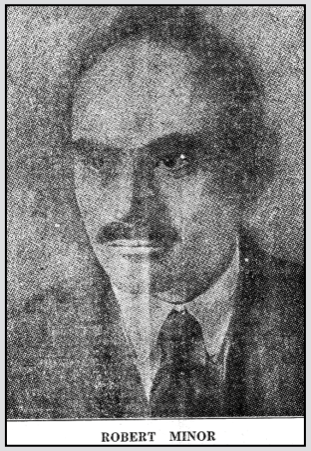
 ———-
———-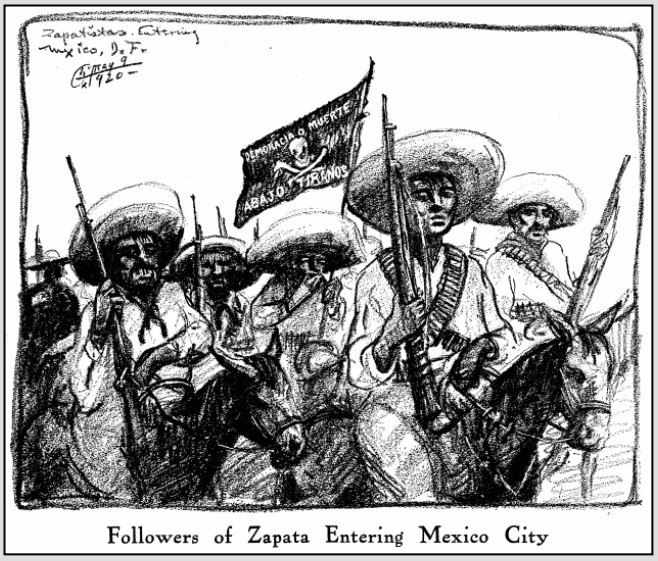
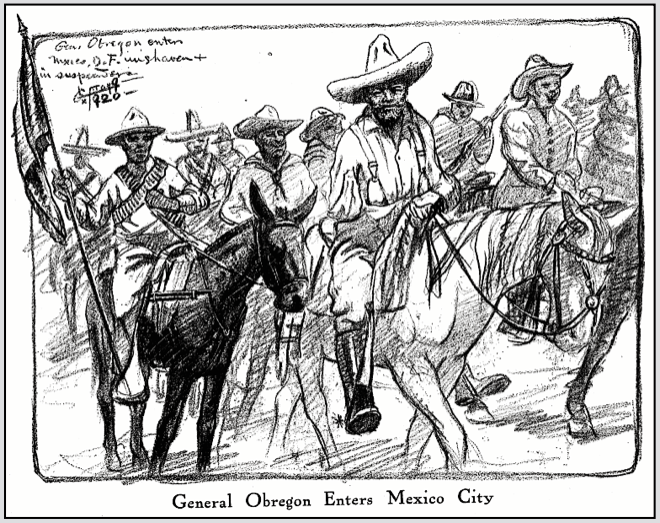
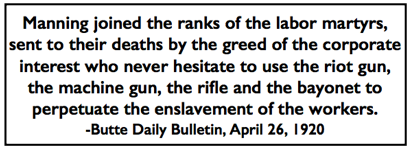 ———-
———-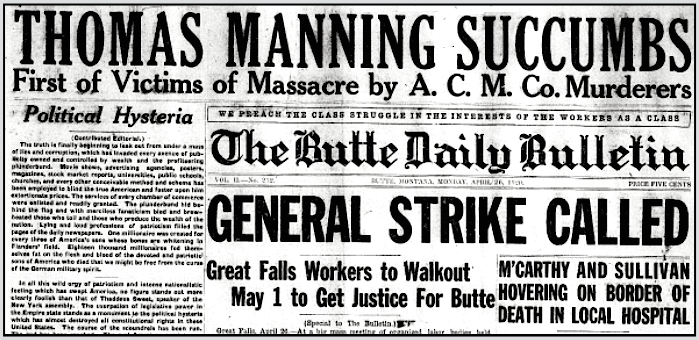
 ———-
———-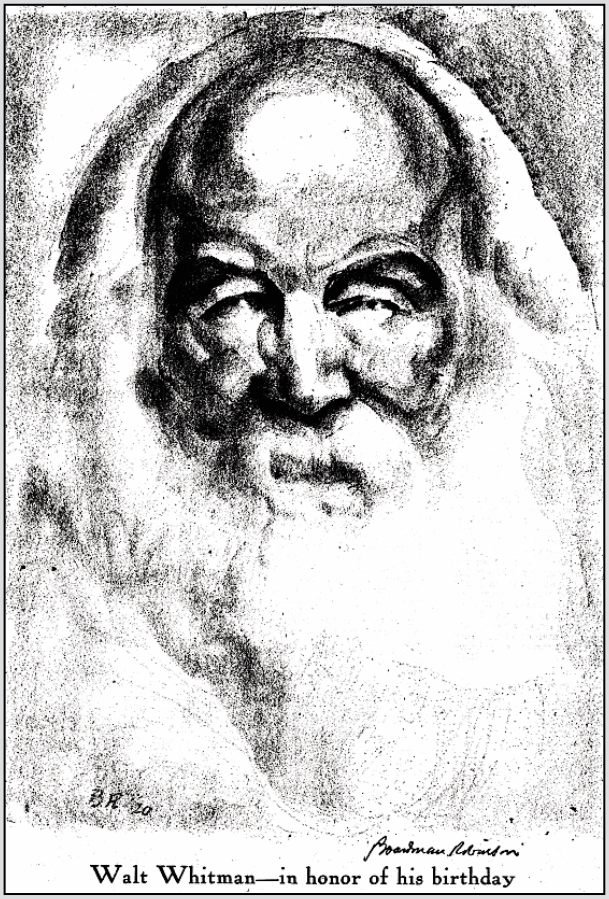
 ———-
———-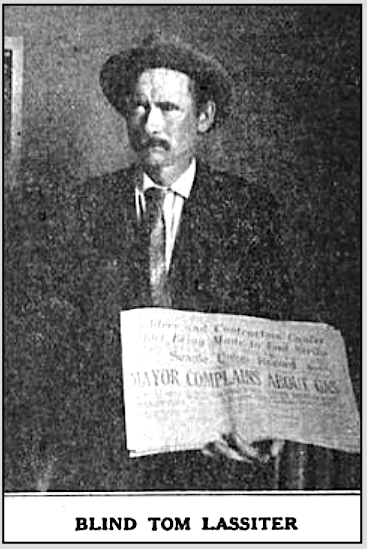
 ———-
———-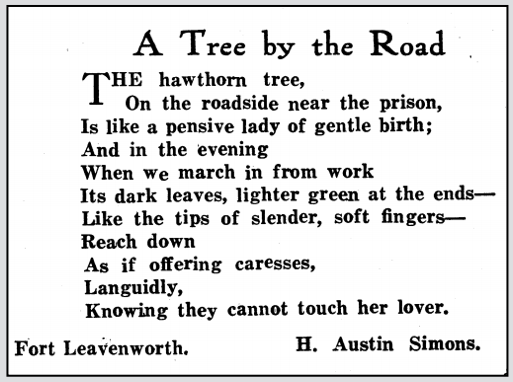
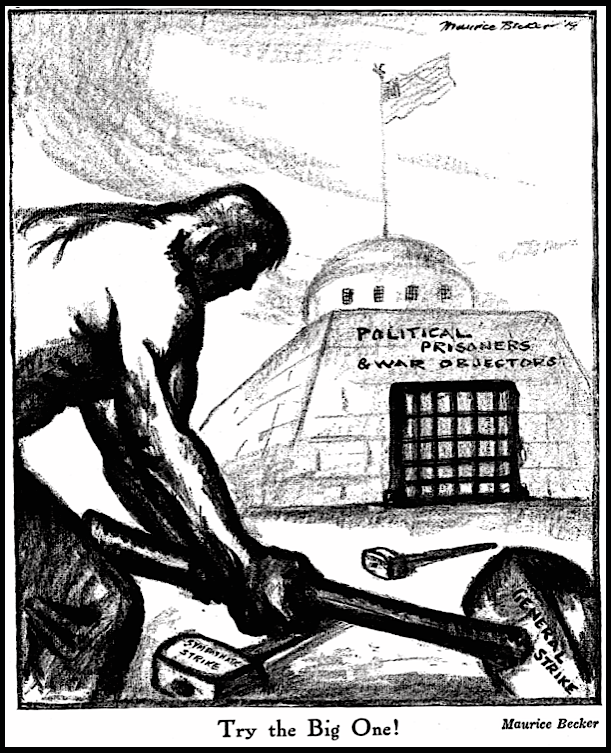
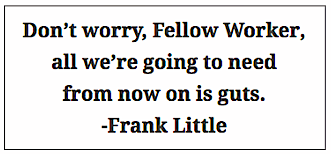 ———-
———-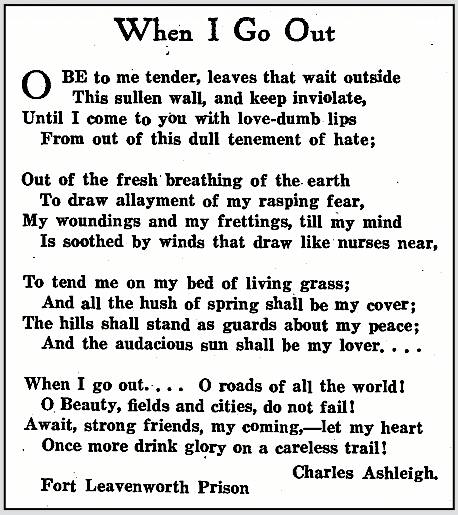
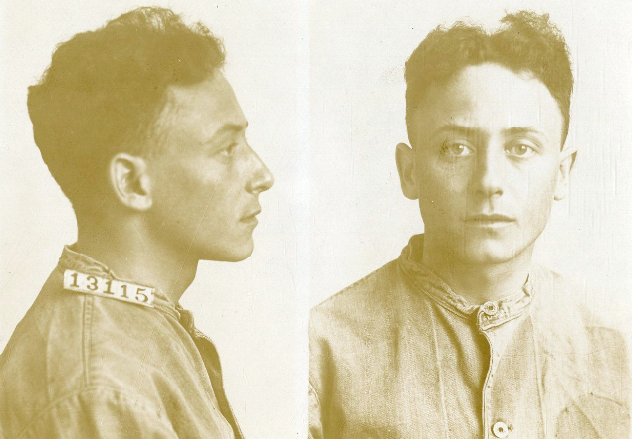
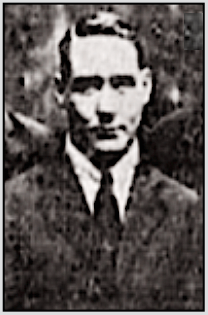
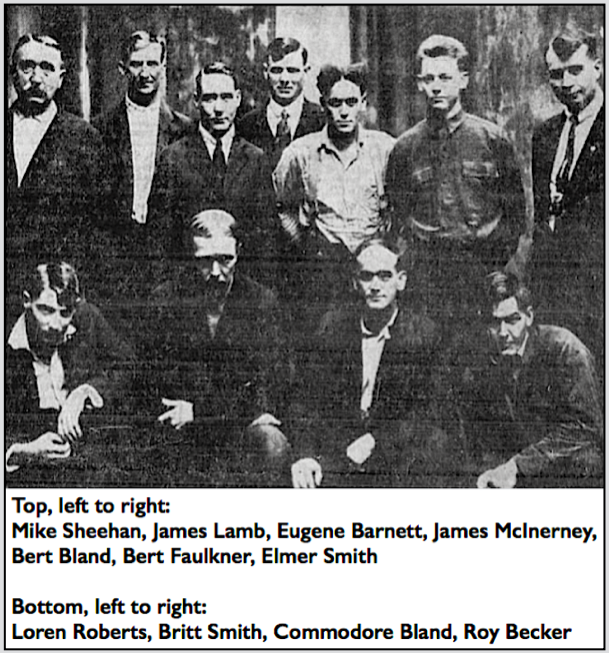 —–
—–